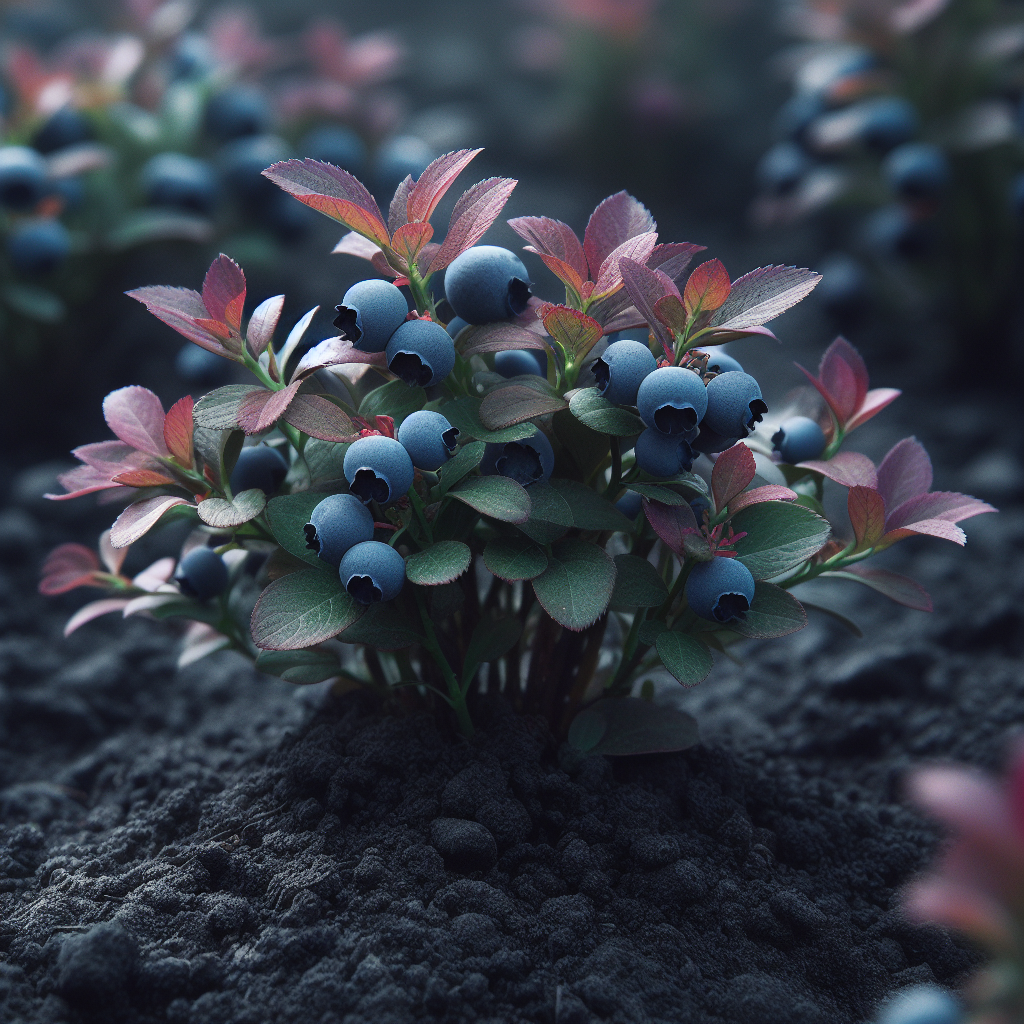Blueberries, belonging to the Vaccinium genus, are not only renowned for their delectable taste but also their vibrant foliage, making them an excellent addition to gardens. In this comprehensive OrganicMotion guide, we will explore the specifics of growing these delightful shrubs – from their botanical characteristics to planting details, pruning tips, and fruitful uses.
Botanical Overview
- Botanical Name: Vaccinium spp
- Family: Ericaceae
- Origin: North America
Plant Description
Blueberries are deciduous shrubs native to North America, characterized by bushy growth and glossy green leaves that transform into hues of red and yellow during autumn. Small, pinkish-white flowers contribute to the plant’s charm. While most varieties are self-fertile, cross-pollination enhances fruit set. Thriving in well-drained acidic soil (pH 4.8 – 5.2) with high organic matter, blueberries demand ample water, especially during blossoming and fruit development. They flourish in sunny positions but tolerate partial shade.
Uses
- Fresh Consumption: Blueberries are a delicious treat on their own.
- Culinary Applications: They can be used for jams, pies, ice cream, cheesecake, muffins, fruit syrup, and pancakes.
- Storage: Berries can be dried like raisins, kept in the fridge for up to a week, and frozen successfully.
Planting Details
- Planting Time: Spring in temperate regions, mid-autumn in subtropical areas for establishment before cooler weather.
- Depth and Spacing: Set plants to the same depth as the container. Space them 1.2 m apart.
- Irrigation and Mulching: Adequate water, especially during dry spells, is crucial. Mulch annually in spring with compost for consistent soil moisture.
- Fertilization: Commence fertilization one month after planting and continue yearly at bud burst.
Pruning
- Initial Years: Limited pruning is necessary in the first two years for shaping and dead branch removal.
- Later Years: From the third year onwards, annual winter pruning is essential to maintain fruit size and quantity.
Harvesting
- Timeline: Blueberries start producing fruit by the third year and can continue for up to 20 years.
- Picking: Harvest when berries have turned completely blue.
Recommended Cultivar
- Sunshine Blue: A low-chill variety suitable for various climate zones. This semi-dwarf, evergreen bush with a dense habit requires minimal pruning. Its ornamental value extends to pink flowers during winter, making it suitable for attractive fruiting hedges and container growth.
Bounty of delicious berries
Cultivating blueberries in your garden provides not only a bounty of delicious berries but also an ornamental addition. By following these planting and care guidelines, you can ensure a thriving blueberry bush that graces your garden with vibrant foliage and sweet fruits for years to come.
